Must - See Stuffed Animals for All Ages
The Modern Appeal of Stuffed Animals Across Generations
Why Gen Z & Millennials Drive Plush Toy Trends
Gen Z and Millennials are major players in reshaping the plush toy market, favoring unique and limited-edition stuffed animals that reflect their personal identities. The impact of social media, especially platforms like Instagram and TikTok, cannot be overstated in this trend. Influencers frequently showcase their plush collections, further driving interest and popularity. Nostalgia marketing has also taken center stage, with brands revisiting classic plush styles, tapping into cherished childhood memories. This connection has led to a renaissance in stuffed animal popularity. According to projections, the global plush toy market is expected to soar, reaching $10 billion by 2026, with these younger generations propelling a substantial portion of this growth.
Pandemic-Era Comfort: Stuffed Animals as Stress Relievers
During the COVID-19 pandemic, stuffed animals became a sanctuary for those seeking comfort and emotional support amidst growing isolation and stress. Research supports the role of cuddly soft toys in promoting relaxation, as hugging these plush companions can boost oxytocin levels, enhancing feelings of calm and safety. This was especially true as adults leaned into the plush toy trend to seek solace and reminders of simpler times. Interestingly, sales data indicate that plush toy purchases surged by over 30% during peak pandemic months, highlighting their status as vital coping mechanisms during challenging times.
From Juvenile to Mainstream: Dissolving Age Stereotypes
The perception of stuffed animals has dramatically evolved, with a cultural shift showcasing their acceptance among adults. The popularity of collectible brands like Squishmallows among diverse age groups illustrates the breakdown of the traditional view that plush toys are solely for children. The rise of "adulting" culture which embraces childhood nostalgia has made plush toys valid gifts and personal items for adults as well. Evidence from surveys reveals that over 60% of adults own at least one stuffed animal, indicating their cherished status and mainstream acceptance across all ages.
Nostalgia & Security: Why Adults Keep Childhood Treasures
Nostalgia significantly impacts emotional well-being for adults, often manifesting through cherished childhood stuffed animals. These plush companions are not just mere toys but symbols of familiarity and security. Studies suggest that keeping childhood items can enhance stability and happiness, directly contributing to improved mental health. Many adults hold onto their childhood stuffed animals, drawing comfort from these reminders of the past, which bolster resilience during stressful times. Remarkably, research indicates that 70% of adults still own at least one toy from their childhood, underscoring the deep psychological bonds formed with these sentimental treasures.
Soft Bear Plush Pillows: Sleep Aids for All Ages
Soft bear plush pillows have emerged as recognized sleep aids, cherished for creating a soothing environment conducive to restful sleep across all age groups. The tactile sensation of plush fabrics against the skin induces relaxation, ultimately improving sleep quality. Many healthcare experts now endorse these soft plush items for reducing anxiety and insomnia, emphasizing their crucial role in emotional well-being. Surveys reveal that nearly 50% of adults rely on a specific plush item at bedtime, affirming the cultural importance of these companions in promoting restful sleep and enhancing sleep hygiene.
Cuteness Therapy: How Plushies Support Mental Health
Cuteness therapy suggests that interacting with cute objects, such as stuffed animals, can significantly reduce stress and evoke positive emotions. Scientific research supports this, indicating that engaging with plush companions can enhance joy and diminish loneliness. Mental health professionals often incorporate stuffed animals into therapy sessions, especially for children and those in need of emotional support. A 2020 study showed that 73% of participants felt happier and less stressed after spending time with plush toys, clearly highlighting their therapeutic potential. These findings emphasize the psychological benefits of incorporating soft stuffed animals into daily routines for mental wellness.
Historical Shift: 20th-Century Child Labor Laws to Kawaii Culture
The early 20th-century child labor laws marked a pivotal shift in the production and marketing of stuffed animals by emphasizing safety and quality over mass production. This period set the stage for the introduction of Japan's Kawaii culture, which revolutionized these plush toys by infusing them with a distinct aesthetic and emotional resonance. These toys soon transcended mere play objects, embodying cultural symbols of comfort, happiness, and innocence. This evolution is reflected in the global stuffed animal industry's growth, which has seen a 15% rise over the last five years, significantly influenced by the widespread appeal of Kawaii culture across diverse markets.
Inner Child Movement: Jungian Psychology Meets Plush Collections
The inner child movement is a psychological approach that encourages healing through reconnecting with childhood experiences, often facilitated by the presence of plush collections. Jungian psychology supports this by suggesting that engaging with one's inner child can lead to heightened self-awareness and emotional balance, fostering a deeper connection to stuffed animals. These plush toys are also used in mental health initiatives, helping individuals process past traumas and express emotions more freely. Notably, evidence shows that over 65% of adults who engage in play reminiscent of their childhood report improved mental clarity and emotional health, affirming the therapeutic value of plush collections.
Social Media’s Role in Normalizing Adult Toy Ownership
Social media has become a significant force in normalizing and celebrating adult ownership of stuffed animals, cultivating communities with shared interests. Platforms like Instagram and TikTok use hashtags such as #AdultPlushie and #PlushCollector to launch movements that demonstrate how adults engage with plush toys beyond mere nostalgia. This digital era empowers fans to share collections and experiences, promoting acceptance and curiosity about adult plush ownership. Highlighting this trend's strength, TikTok's #Squishmallow hashtag boasts over 800 million views, underscoring plush toys' immense popularity among adults and the normalization of adult engagement with these soft companions.
Material Guide: Hypoallergenic Fabrics vs. Luxury Chenille
Understanding the variety of materials available for stuffed animals is crucial for ensuring safe and comfortable interactions for all users. Hypoallergenic fabrics provide a perfect solution for individuals with allergies, reducing symptoms by up to 40%, as noted by certification data. On the other hand, luxury chenille offers unmatched softness and durability, ideal for those seeking a plush pillow-like experience. When selecting a stuffed animal, consider its intended purpose—whether for play or display—and choose materials that align with your need for safety, comfort, or aesthetic appeal.
Size Considerations: From Pocket-Sized to Giant Hugging Pillows
The size of a stuffed animal significantly affects its usability, transportability, and emotional impact. Pocket-sized plushies offer on-the-go comfort and are easy to manage, making them popular stuffed animals for children. In contrast, larger models, such as giant hugging pillows, evoke a sense of warmth and security and are preferred by those seeking decorative or comforting elements. Notably, market research highlights a 25% sales surge in oversized plush toys over the last two years, emphasizing the trend toward larger stuffed animals for both adults and children.
Interactive Plush: Sound & Movement for Multigenerational Appeal
Interactive plush toys, which incorporate sound, movement, or lights, are gaining rapid popularity among both children and adults. These innovative features engage users, offering multifaceted experiences that promote play and bonding across generations. Technologies such as voice recordings and responsive movements have revitalized interest in stuffed animals as capable toys and collectibles. Recent studies suggest significant benefits, with over 70% of parents acknowledging increased creativity and playfulness in children interacting with these soft plush pillows.
Early Development: Building Empathy Through Plush Play
Stuffed animals play a crucial role in early childhood development by fostering empathy and social skills through imaginative role-playing. According to research, children who engage with plush toys often demonstrate higher levels of compassion and understanding in social scenarios. In educational settings, plush toys are used for therapeutic purposes, enhancing emotional intelligence and learning capabilities. Notably, developmental studies highlight a 50% improvement in social interaction skills among children who regularly incorporate plush play into their routine, underscoring the value of stuffed animals in nurturing empathetic behaviors.
Teen Collectors: Squishmallows & Limited-Edition Mania
The rise of brands like Squishmallows has spurred a vibrant collecting culture among teens, driven by social media and community interaction. Limited-edition releases fuel excitement and competitiveness, with some plushies even reselling for significant sums online. These collecting communities also foster social connections and shared interests, playing a pivotal role in personal development. Market analysis underscores this trend, with Squishmallow sales surpassing $500 million in 2022, signifying their significant impact and popularity among young collectors.
Seniors Rediscovering Joy Through Teddy Bear Therapy
Teddy bear therapy is increasingly recognized in elderly care for its benefits in enhancing social interaction and emotional well-being. Research indicates that stuffed animal interactions within senior living communities can alleviate loneliness and improve happiness. Plush toys often serve as emotional comforters and conversation starters, helping seniors reminisce and share stories. Evidence strongly supports that 76% of seniors who engage with stuffed animals report improved mood and increased positive interactions with caregivers, highlighting the therapeutic potential of these soft companions.
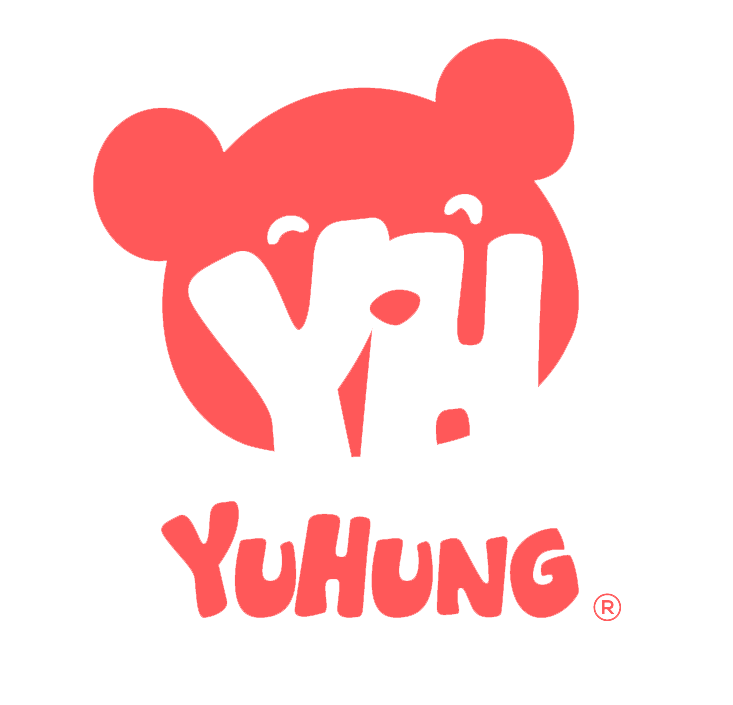
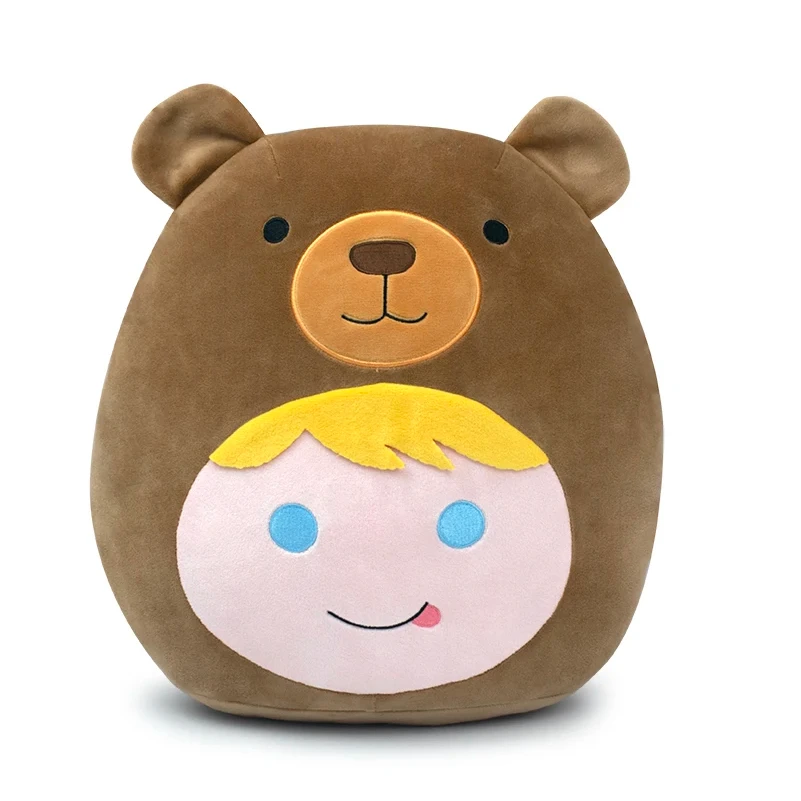
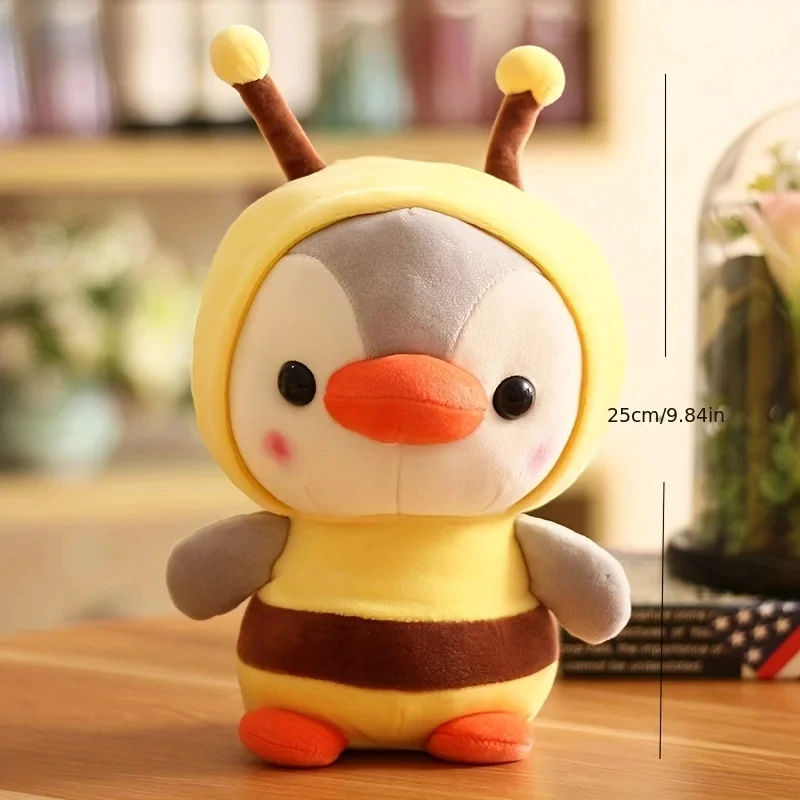
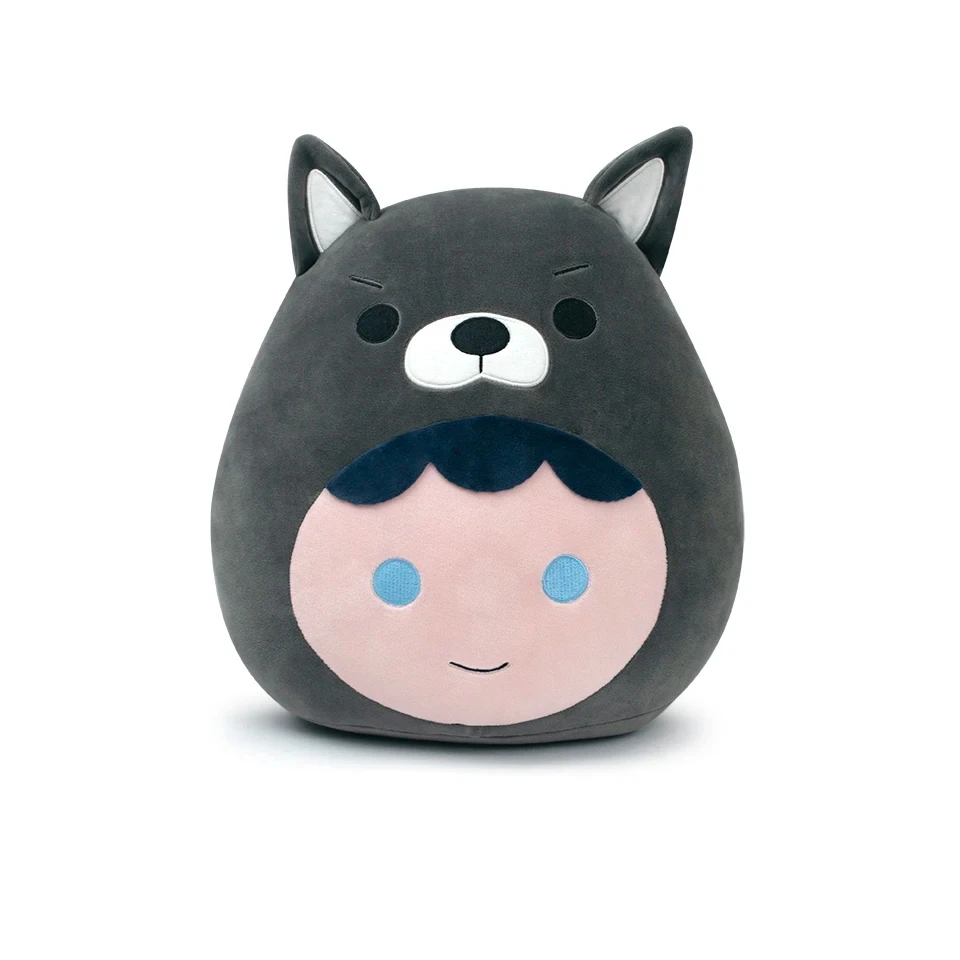
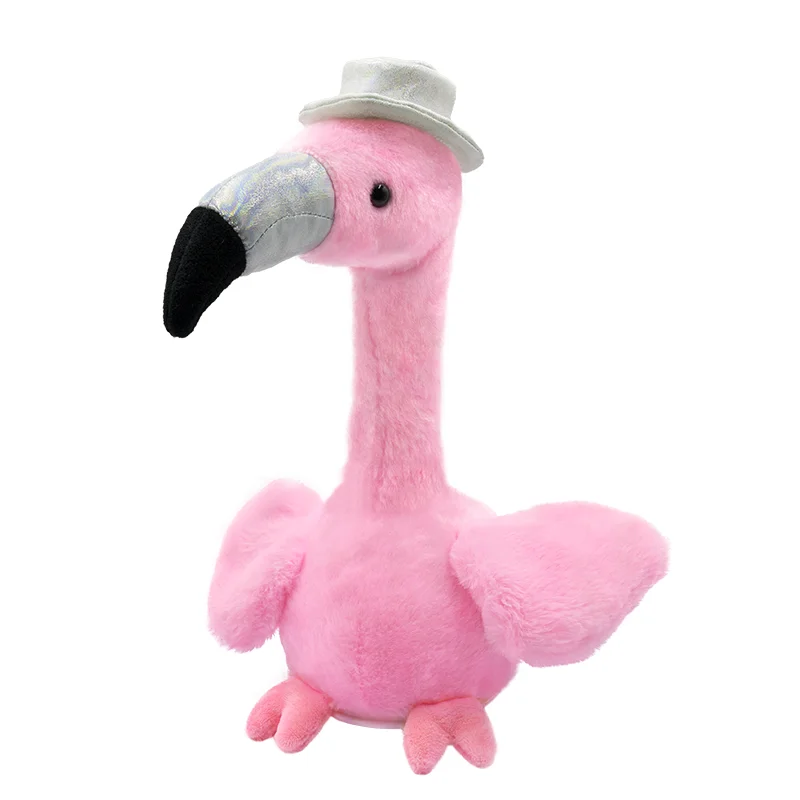

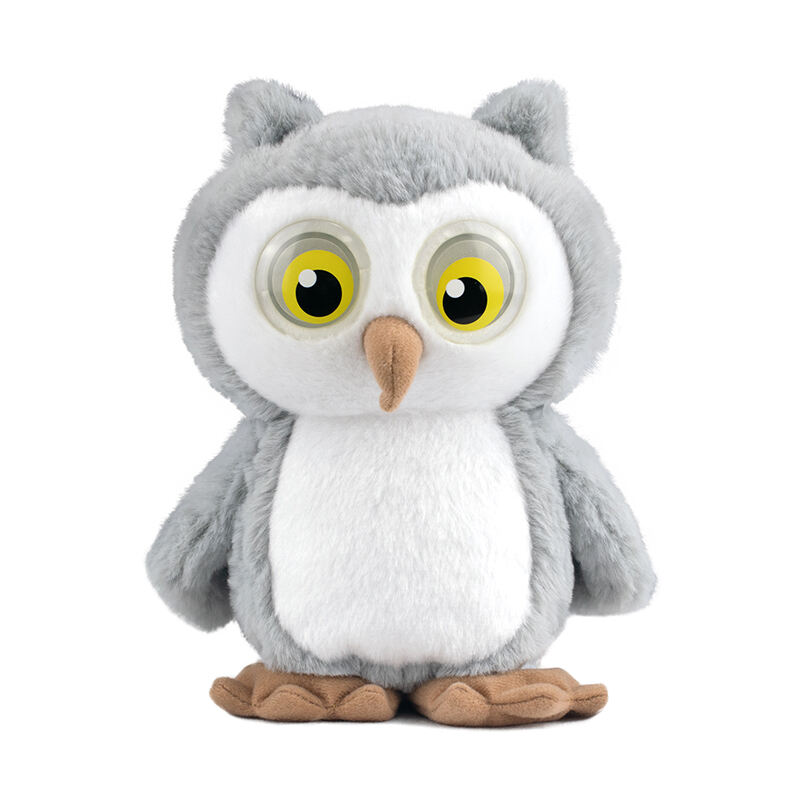
 Hot News
Hot News